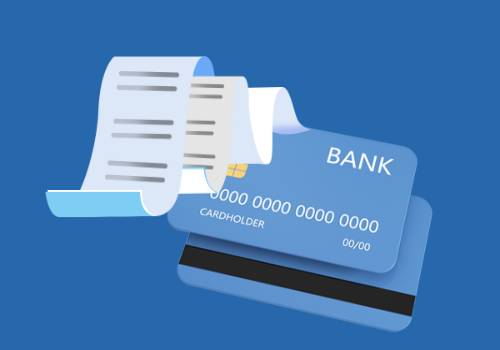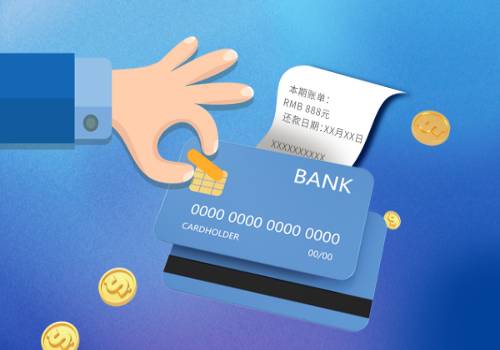什么是 async 函数
利用 async 函数,你可以把基于 Promise 的异步代码写得就像同步代码一样。一旦你使用 async 关键字来定义了一个函数,那你就可以在这个函数内使用 await 关键字。当一个 async 函数被调用时,它会返回一个 Promise。当这个 async 函数返回一个值时,那个 Promise 就会被实现;而如果函数中抛出一个错误,那么 Promise 就会被拒绝。【相关教程推荐:nodejs视频教程、编程教学】
await 关键字可以被用来等待一个 Promise 被解决并返回其实现的值。如果传给 await 的值不是一个 Promise,那它会把这个值转化为一个已解决的 Promise。
 (资料图)
(资料图)
const rp = require("request-promise")async function main () { const result = await rp("https://google.com") const twenty = await 20 // 睡个1秒钟 await new Promise (resolve => { setTimeout(resolve, 1000) }) return result}main() .then(console.log) .catch(console.error)向 async 函数迁移
如果你的 Node.js 应用已经在使用Promise,那你只需要把原先的链式调用改写为对你的这些 Promise 进行 await。
如果你的应用还在使用回调函数,那你应该以渐进的方式转向使用 async 函数。你可以在开发一些新功能的时候使用这项新技术。当你必须调用一些旧有的代码时,你可以简单地把它们包裹成为 Promise 再用新的方式调用。
要做到这一点,你可以使用内建的 util.promisify方法:
const util = require("util")const {readFile} = require("fs")const readFileAsync = util.promisify(readFile)async function main () { const result = await readFileAsync(".gitignore") return result}main() .then(console.log) .catch(console.error)3 Async 函数的最佳实践
在 express 中使用 async 函数
express 本来就支持 Promise,所以在 express 中使用 async 函数是比较简单的:
const express = require("express")const app = express()app.get("/", async (request, response) => { // 在这里等待 Promise // 如果你只是在等待一个单独的 Promise,你其实可以直接将将它作为返回值返回,不需要使用 await 去等待。 const result = await getContent() response.send(result)})app.listen(process.env.PORT)但正如 Keith Smith 所指出的,上面这个例子有一个严重的问题——如果 Promise 最终被拒绝,由于这里没有进行错误处理,那这个 express 路由处理器就会被挂起。
为了修正这个问题,你应该把你的异步处理器包裹在一个对错误进行处理的函数中:
const awaitHandlerFactory = (middleware) => { return async (req, res, next) => { try { await middleware(req, res, next) } catch (err) { next(err) } }}// 然后这样使用:app.get("/", awaitHandlerFactory(async (request, response) => { const result = await getContent() response.send(result)}))并行执行
比如说你正在编写这样一个程序,一个操作需要两个输入,其中一个来自于数据库,另一个则来自于一个外部服务:
async function main () { const user = await Users.fetch(userId) const product = await Products.fetch(productId) await makePurchase(user, product)}在这个例子中,会发生什么呢?
你的代码会首先去获取 user,
然后获取 product,
最后再进行支付。
如你所见,由于前两步之间并没有相互依赖关系,其实你完全可以将它们并行执行。这里,你应该使用 Promise.all 方法:
async function main () { const [user, product] = await Promise.all([ Users.fetch(userId), Products.fetch(productId) ]) await makePurchase(user, product)}而有时候,你只需要其中最快被解决的 Promise 的返回值——这时,你可以使用 Promise.race 方法。
更多node相关知识,请访问:nodejs 教程!
以上就是聊聊Node中怎么用async函数的详细内容,更多请关注php中文网其它相关文章!




































































































































